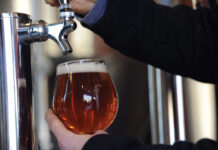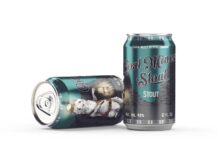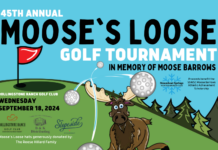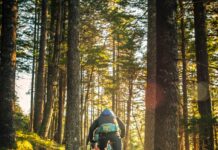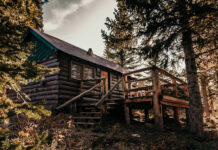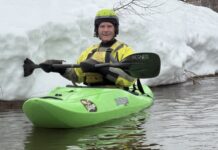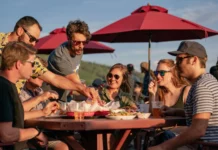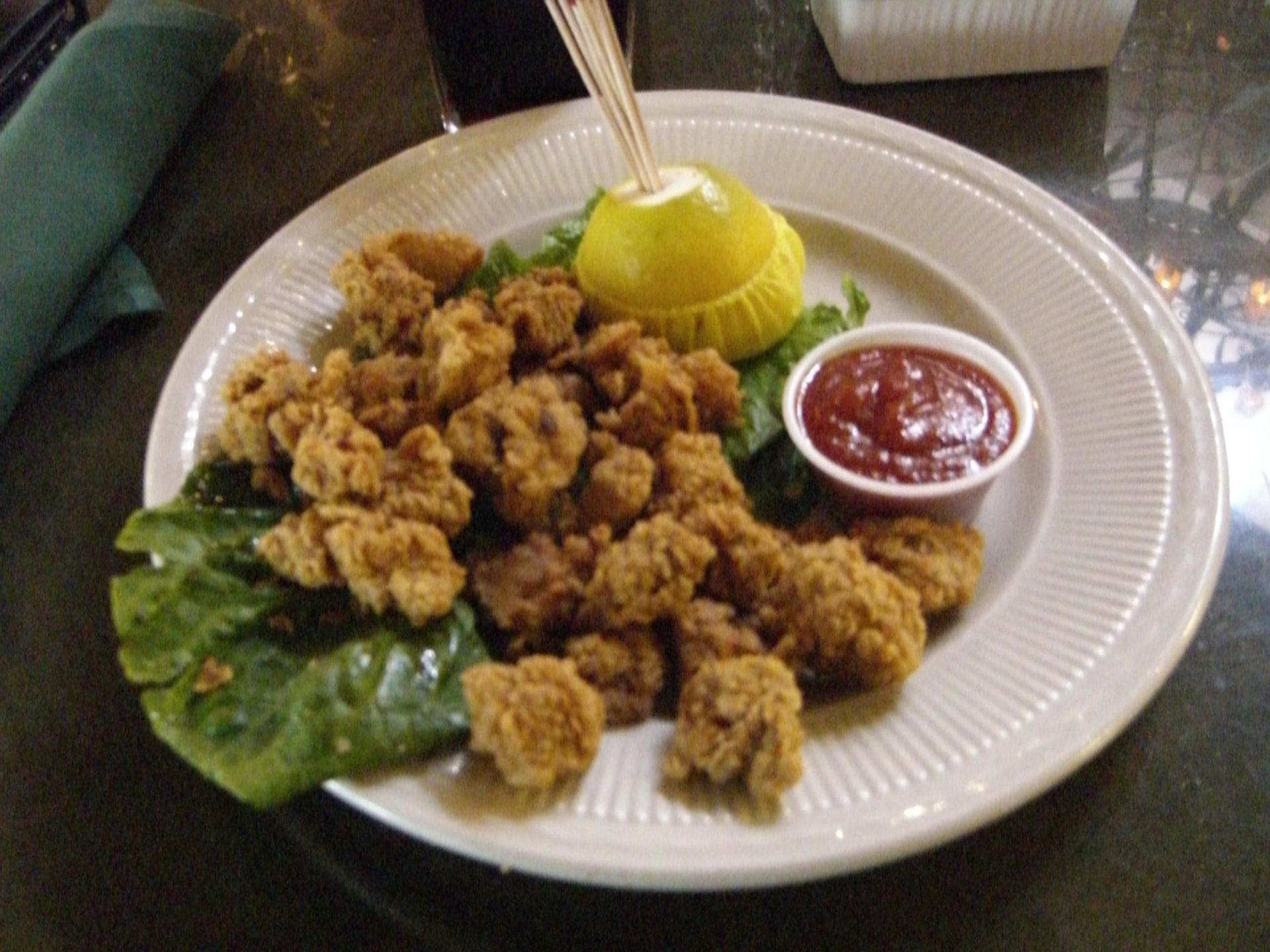Heading outside with Rover this summer? Following are a few tips from Pet Kare Clinic’s Dr. Karen Nann to help your adventure buddy stay in peak condition.
Ease-in Slowly
Don’t take Fido on the Stinger Challenge loop right away. Start slowly. “Come spring dogs are typically coming off a lazier winter consisting of walks, hikes and some skiing,” says Dr. Nann. “Just as we build up our adventures they need to as well. Don’t take them out for a 30-mile bike ride from the get-go; start slowly and build up weekly, maybe adding a mile or two weekly to increase stamina. And puppies’ growth plates typically don’t close until nine months of age so keep activity minimal until they’re about a year old.”
Get Fleas to Flee
Practice flea and tick prevention as the weather warms up to help prevent such diseases as Ehrlichia, Lyme, Anaplasmosis, Rocky Mountain Spotted Fever and more. Prevention is the best medicine, including from Heart-worm (transmitted by mosquitoes) and other intestinal parasites, so make sure your dog has all its vaccines as well.
Paw Protection
Active pooch? Check his or her paws regularly. Rough terrain can cause wear and tear on their pads, and injuries like cuts or abrasions need to be properly cared for. “For paw protection I recommend Paw Friction especially in spring,” she says. “Apply it prior to a hike for easy monitoring on wear and tear of the pads and reapply if needed to prevent further tearing of paw pads.”
Heed the Heat
Make sure your dog always has access to fresh, clean water to prevent dehydration (keep a portable water bottle and dog bowl on hand). “My rule of thumb: double the amount of water I need to bring to ensure enough for my pets,” says Dr. Nann, adding she has no problem with her dogs drinking from moving water or lakes. “Provide lots of water and shade—dogs can easily overheat and the only way to release excess heat is through paw pads and panting. If you’re overheated your four-legged friend will be too. Adventure in the mornings or evenings to help to prevent heat-related issues. Cooling vests, such as those from Ruff Wear, can also help keep your dog cool on long hot days.”
Pack a Pack
Carrying a dog safety pack is a great idea to help protect your pooch. “In my adventure pack I typically have booties, treats, bandage material, forceps and Benadryl,” says Dr. Nann. “These basic tools will cover allergic reactions, allow you to pull prickers or cactus needles in skin, wrapping up abrasions that may occur as you are adventuring and provide some extra treats for the calorie burn.”
R & R
Just like us, dogs need time to recover from intense exercise. Don’t overwork your dog and allow time to rest between activities. Quality sleep supports muscle recovery, maintains energy, and promotes a healthy immune system. “Treats also help to increase energy stores,” says Dr. Nann. Just as us humans need a snack, providing extra calories on adventures is important. If your dog starts to pant more or is seeking shade it is time to rest and take a break.”
Injury Prevention
While many dogs are made for active lifestyles, injuries can always arise. Take precautions before heading out. Be mindful of rough terrain, uneven paths, or dangerous obstacles that could cause your dog to sprain or strain a muscle. If your dog is engaging in high-impact activities, consider investing in protective gear, like dog boots, which can safeguard paws from cuts, burns and punctures. Proper warm-up can also help prevent injuries, especially in older dogs.
